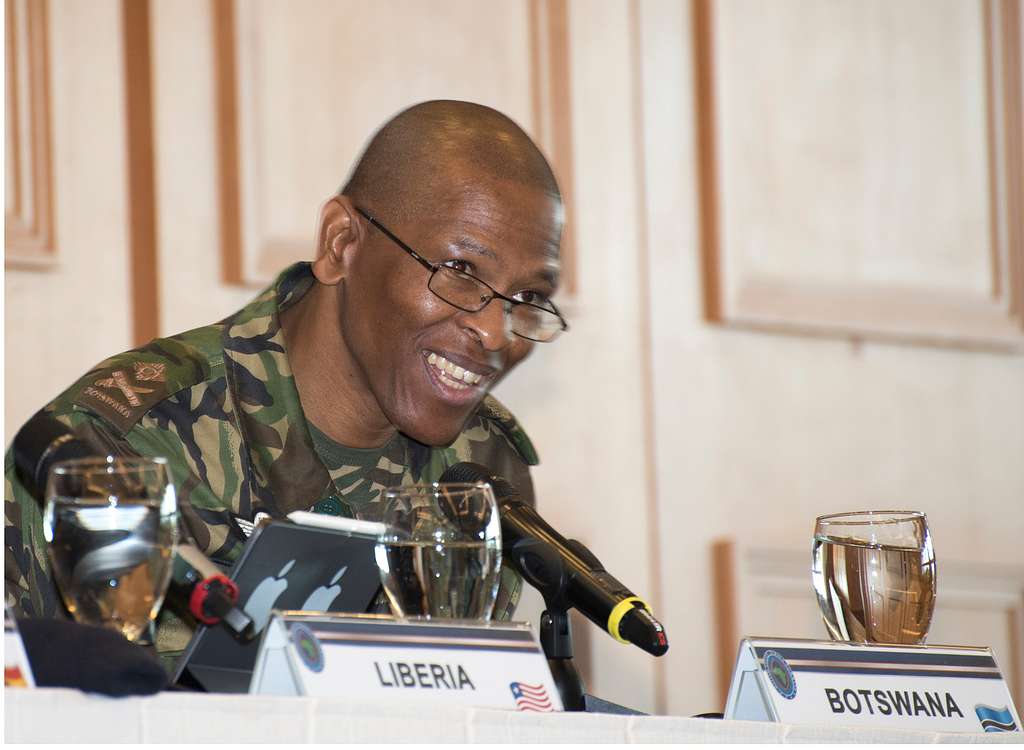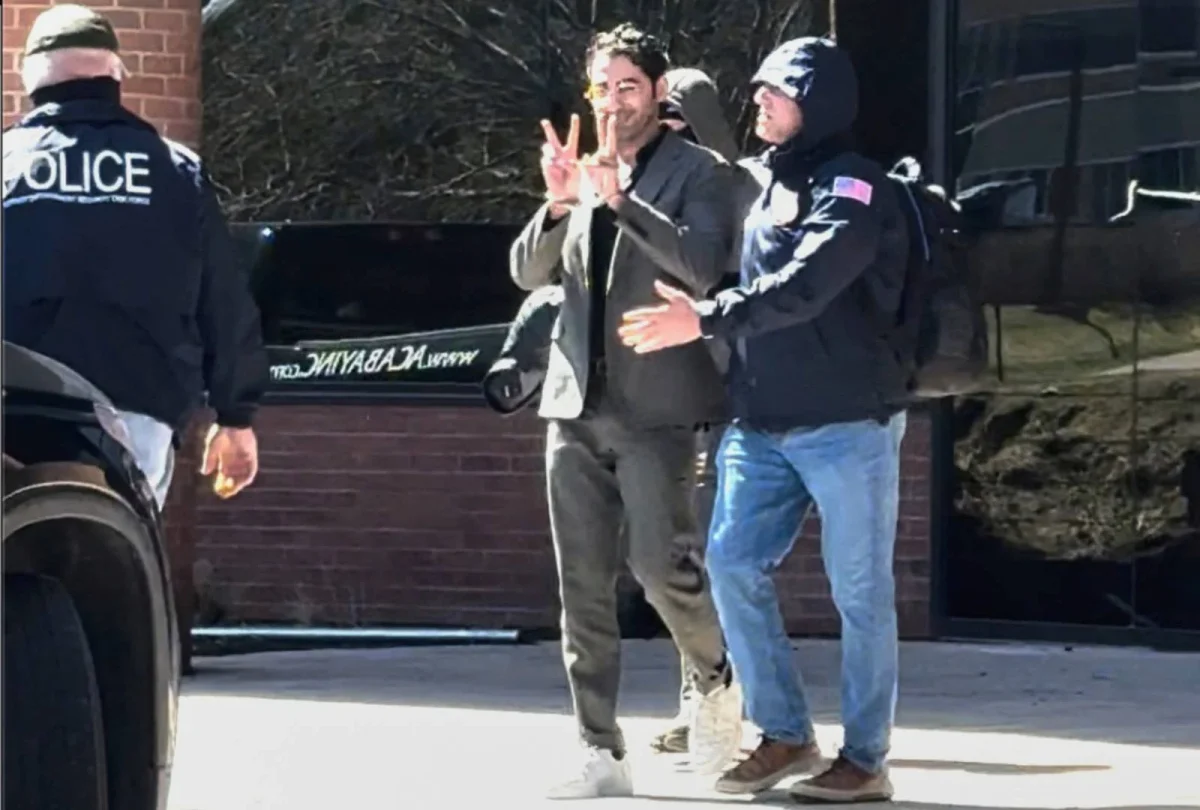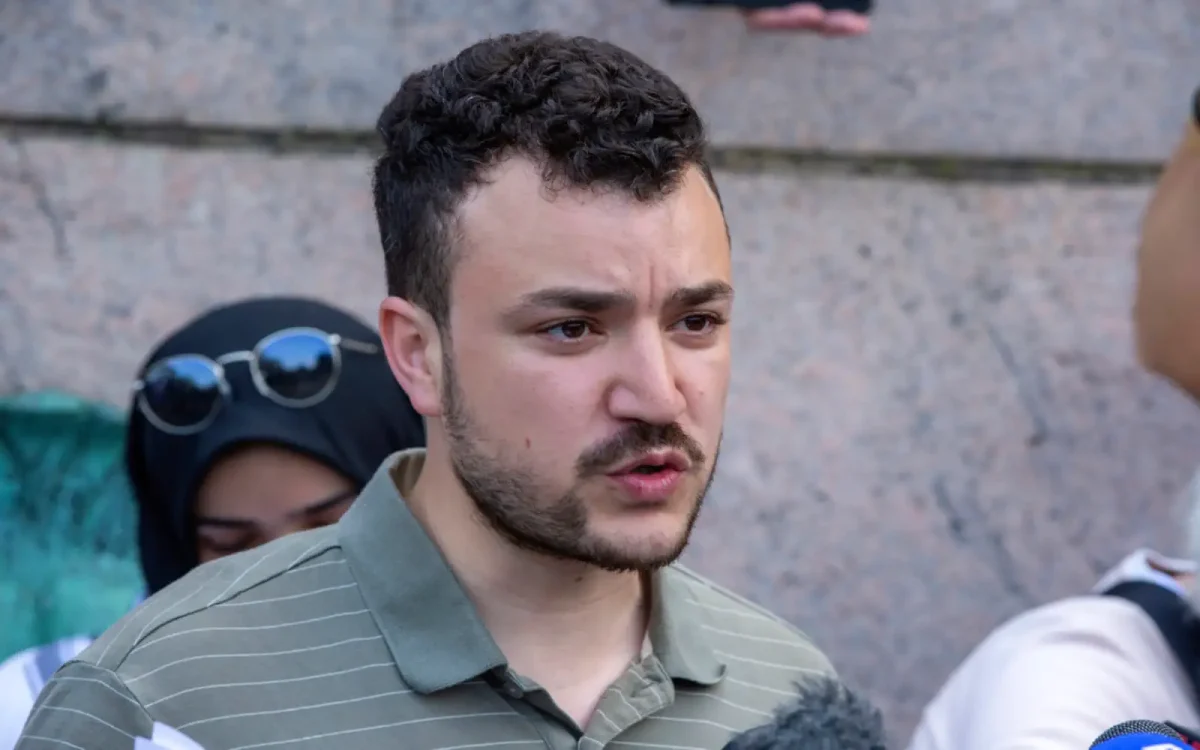Acceptance Rate Action Team Forms in Response to Historically Low Acceptance Rate of African-American Students
Kierra Leggett | Editor-in-Chief
An action team will meet Friday in regards to the historically low 20 percent acceptance rate of African-Americans students to N.C. State. The focus of the meeting will be to create objective solutions to the problem. Friday’s meeting will be the third amongst Afrikan American Student Advisory Council (AASAC) leaders surrounding the alarming percentage.
Dr. Tracey Ray, Assistant Vice Provost of Student Diversity, initially presented the data to AASAC on Oct. 4. Members of AASAC then met with Chancellor Woodson and Thomas Griffin, Director of Undergraduate Admissions, on Oct. 16 to voice their concerns.
During the Oct. 16 meeting, both Griffin and Woodson acknowledged the 20 percent acceptance rate of African-American students as a point of concern. “The Admissions Office is looking at it [the African-American acceptance rate],” said Griffin. “We don’t have a numeric goal obviously…but we want to raise the number.”
Despite his acknowledgements of the low acceptance rate, Chancellor Woodson noted the population of African-American students at N.C. State in comparison to other UNC-System schools saying, “Among the non-minority serving institutions, we have one of the larger African-American undergraduate populations.”
An attempt was made by Woodson and Griffin to shift the discussion from the acceptance rate of African-American students to the yield of African-American students. Referring to the number of students who enroll at the University, Woodson said that the yield of African-American students is low.
Though Marshall Anthony, AASAC Chair, would also like to see the yield of African-American students increase he thinks that improving the acceptance rate must be tackled first. Anthony raised this point during the meeting with Woodson and Griffin saying, “In order to yield African-American students, they must first be accepted to the University.”
African-American applicants make up the second largest pool of students who apply to the University, however Griffin cited a need to “build the pool of [African-American] students who apply” as a contributing factor to the low rate. “The overall GPA of this fall’s freshmen class was a 4.3, while for African-Americans it was 4.1,” said Griffin.
Griffin assured members of AASAC that the low acceptance rate of African-American students was “not a process review problem.” He also cited disparities within racial groups for college preparation as a factor contributing to the low acceptance rate of African-American students. “We’ve increased our test scores,” said Griffin. “No other school has.”
Members of AASAC convened briefly in Holladay Hall following the meeting with Woodson and Griffin to discuss the impact of the conversation. “The discussion wasn’t as effective as I had hoped for in regard to the urgency shown by Admissions to improving the 20 percent acceptance rate,” said Anthony. “When the Acceptance Rate Action team meets [on Friday] it will be to devise a step-by-step plan to increase the yield and acceptance rate of African-American students.”
In an e-mail sent out to members of the Acceptance Rate Action Team, Anthony used the acronym S.M.A.R.T. to describe the type of solutions necessary to rectify this problem. “The next step is that we will come up with S.M.A.R.T. (specific, measurable, attainable, realistic and timely) goals to increase the number of African-American students enrolled at N.C. State.”




